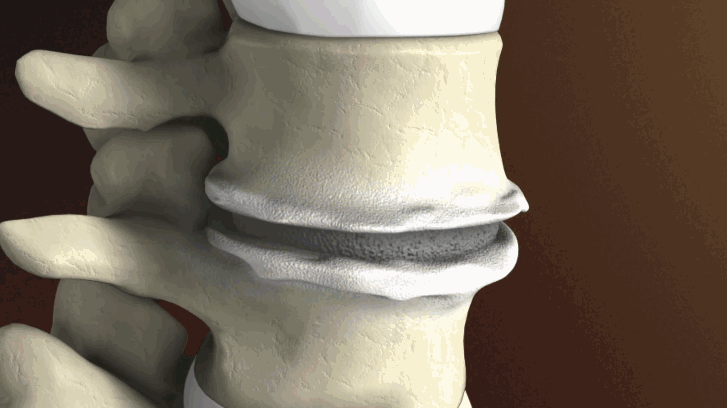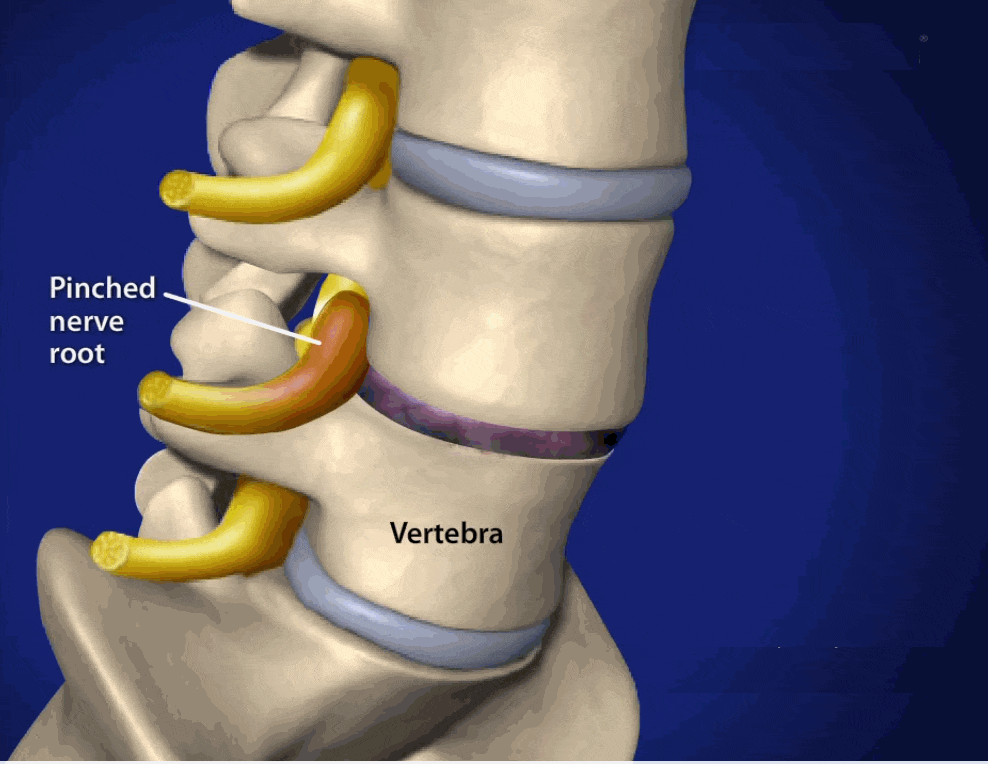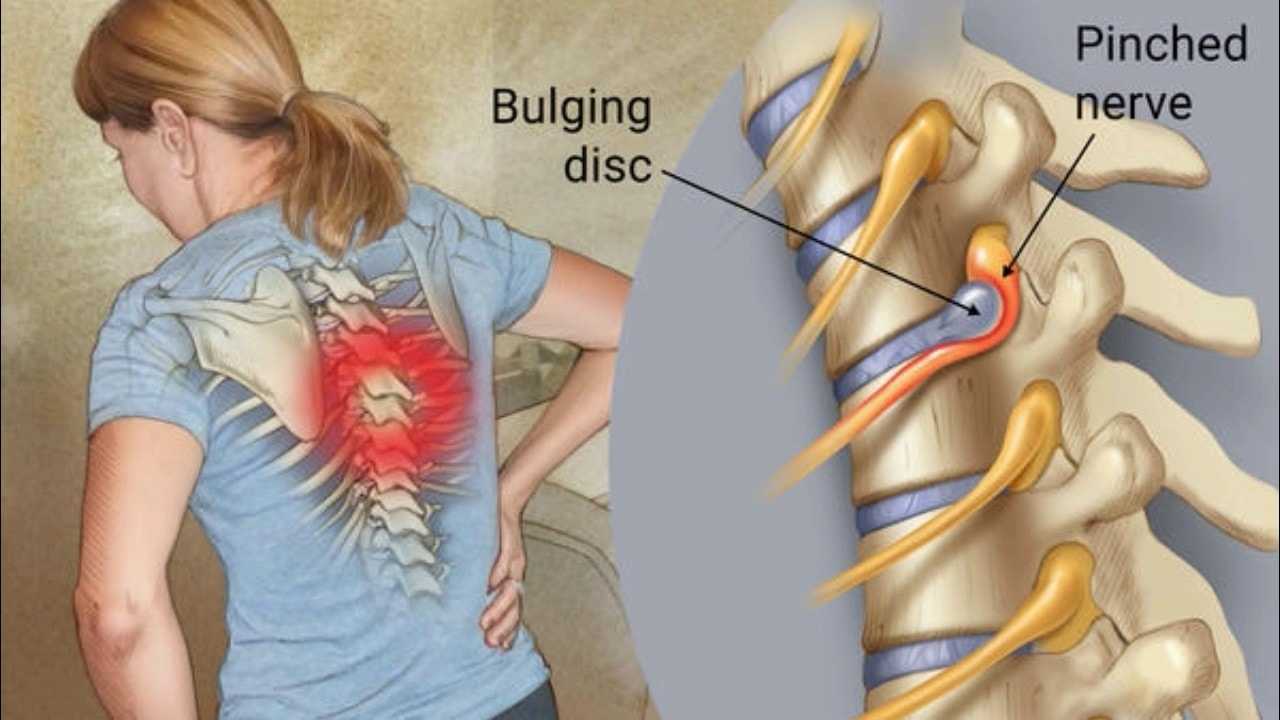Decompressive Spondylosis Surgery

There are two main types of decompressive back surgery; those with an -ectomy as their suffix, and those which are ended in -otomy. Respectively, these two types of surgery mean either the removal, or partial removal of a specific tissue or organ in the body, or the opening up of an area, which can also involve removing tissue. A facetectomy, therefore, is the removal of a facet joint or significant portion of a facet joint in order to remove the pressure placed on the spinal nerves. Hypertrophy of the facet joints can occur in spondylotic conditions but these joints play a key role in stabilizing the spine so any removal of them will usually be followed by spinal fusion surgery of some kind.
Another type of decompressive back surgery is a laminectomy, where a portion of the back bone covering the spinal cord and spinal canal is removed. This bony plate at the back of each vertebra can be excised across one or more vertebral levels in order to give the spinal cord and nerves more room to decompress, thereby relieving symptoms of radiculopathy and nerve pain. As the lamina plays a major role in stabilizing the spine this surgery is often followed by spinal fusion, especially when the lamina is removed at two or more levels.
Laminectomy Video
A slightly less invasive surgery is a laminotomy, where a small window is cut into the lamina to allow the spinal cord to relax into the newly created space. As less of the lamina is excised in this procedure the patient may not need spinal fusion. Unfortunately, the level of decompression achieved by this type of surgery is often difficult to judge during the surgery making the risk of failed back surgery a little higher. Techniques to improve the procedure have included the use of a fluoroscope to assess the level of decompression, and the combination of the operation with a foraminotomy in a microlaminoforaminotomy procedure. A laminoplasty could be considered to be halfway between a laminotomy and a laminectomy as it does not involve the removal of the lamina but does significantly affect the structure of the back bone. In this type of back surgery the lamina is cut on one side in order to create a hinged effect. This hinged door-like structure is held in place using metal instrumentation and creates more space for the spinal nerves and spinal cord to decompress. The stability of the spine may be better maintained than in a laminectomy, and the level of decompression achievable using this approach is often better than for a laminotomy.
Laminotomy Video
A foraminotomy is a back surgery designed to increase the available space for the nerves as they exit the spine through small gaps called foramina. These foramina can become obstructed by the growth of osteophytes, herniated, bulging, or ruptured disc material, and by structural defects. During a foraminotomy the surgeon will use cutting tools, such as a burr or small saw to shave off a portion of the foramen and enlarge the opening for the nerve roots to travel through. This can effectively relieve the compression on the spinal nerves and give a patient significant relief from their pain and discomfort. Foraminotomy does not usually lead to an increase in spinal instability and, therefore, rarely requires any type of stabilization or fusion procedure to be performed afterwards. Compression on the spinal cord will not be relieved using this procedure, however, and so a separate operation such as a laminotomy, laminoplasty, or laminectomy, will be required to achieve that aim.
The majority of these spinal surgeries are performed through an incision in the back, but other decompression back surgeries for spondylosis take an anterior approach. If the growth of a bone spur is compressing the spinal nerves at the front of the spine then a surgeon may require access from the front as the spinal cord can obstruct the posterior approach. A corpectomy, also known as a vertebrectomy, is a procedure where the surgeon removes a part, or the whole, of a vertebral body due to significant osteophyte growth which is causing a pinched nerve or spinal cord compression. The surgeon can also remove the intervertebral disc if this is contributing to the compression. The spine will be unstable after such a procedure, in most patients, and requires fusion to avoid future spinal slippage (spondylolisthesis).





